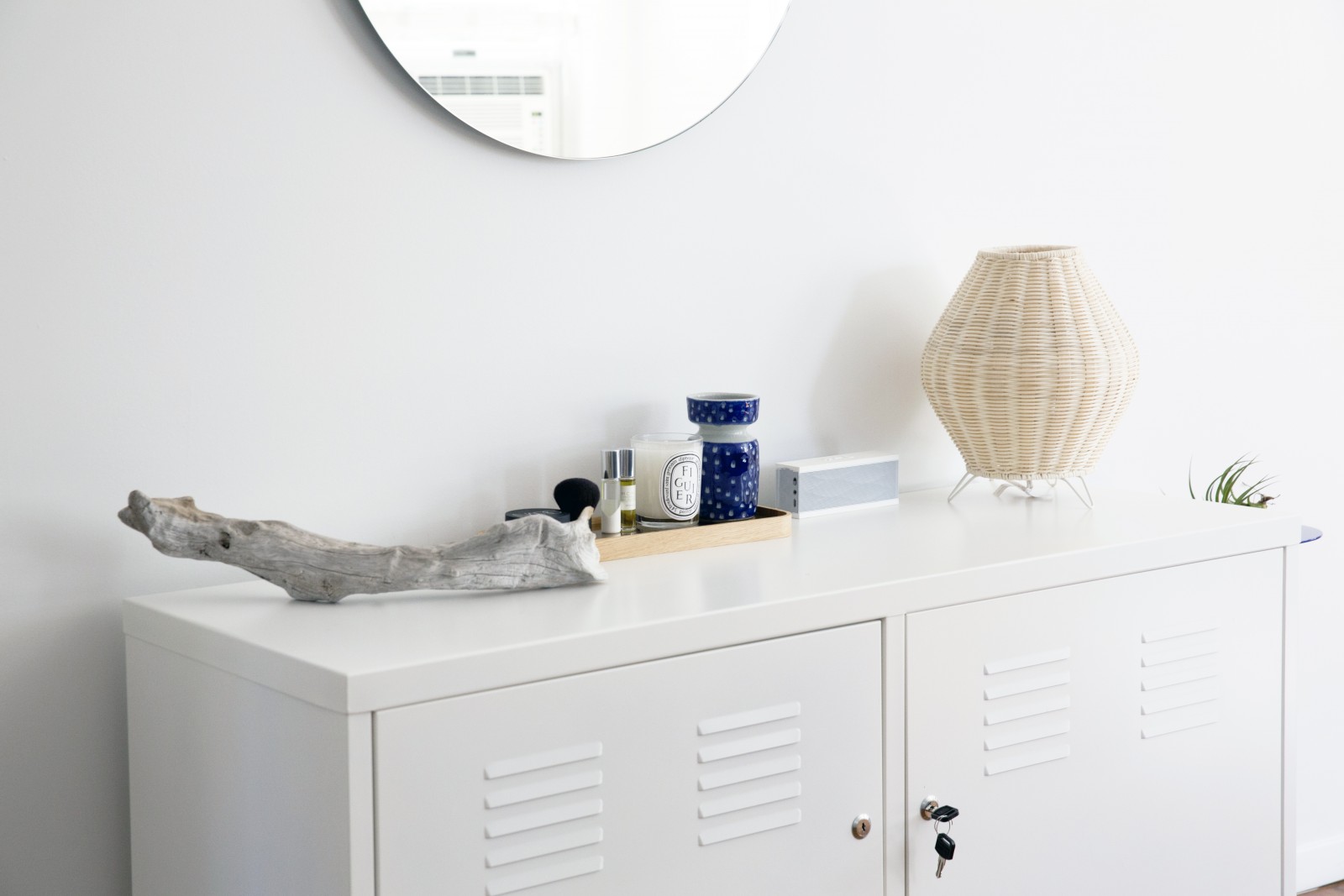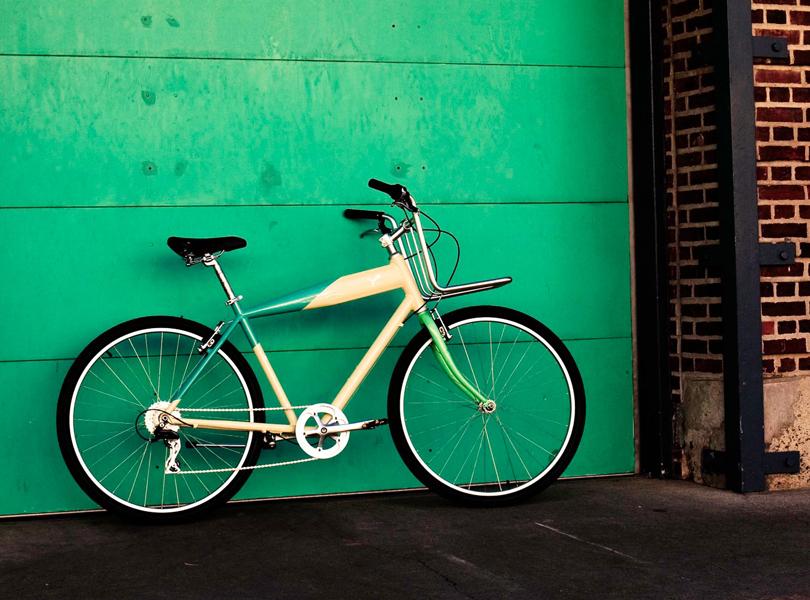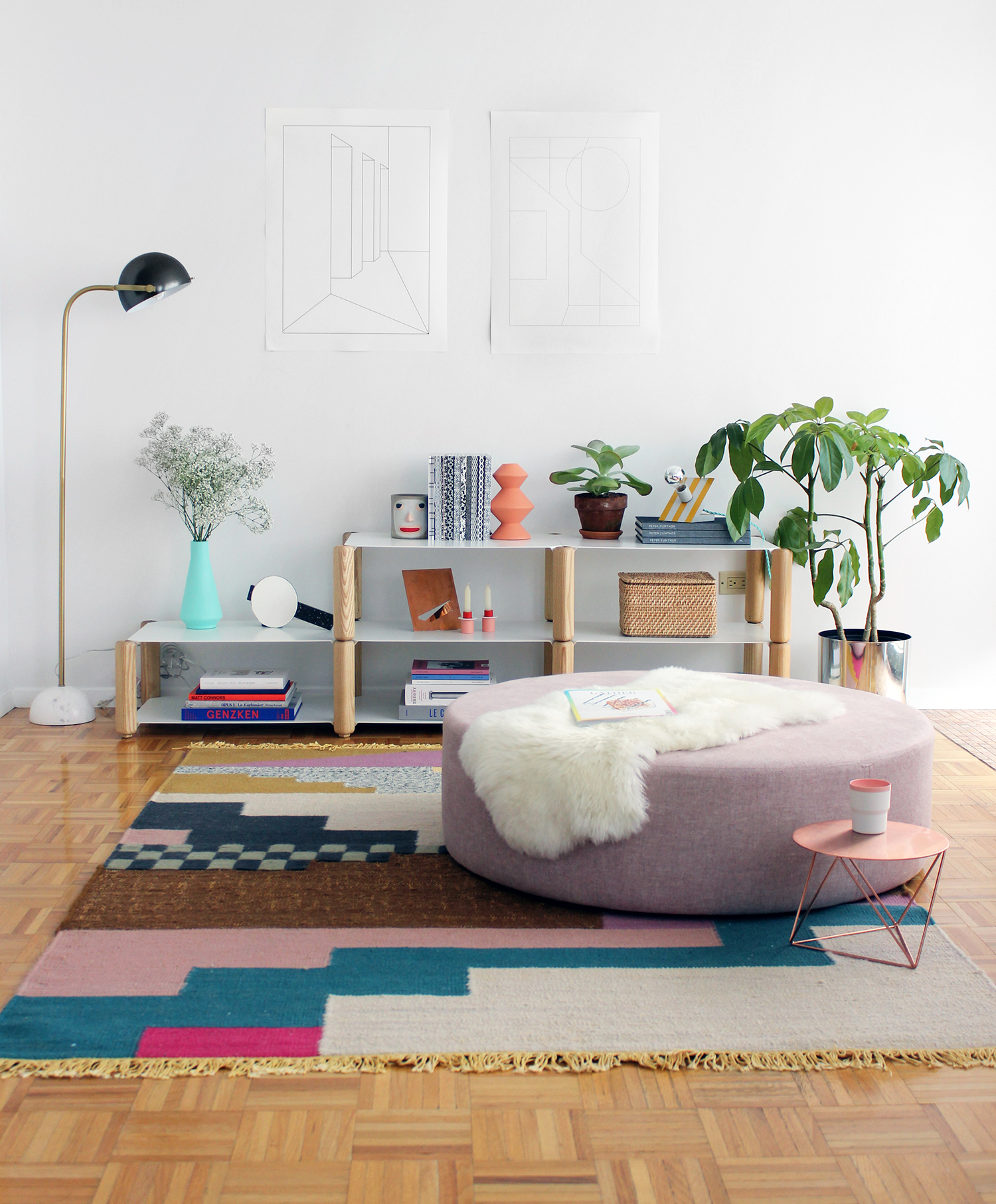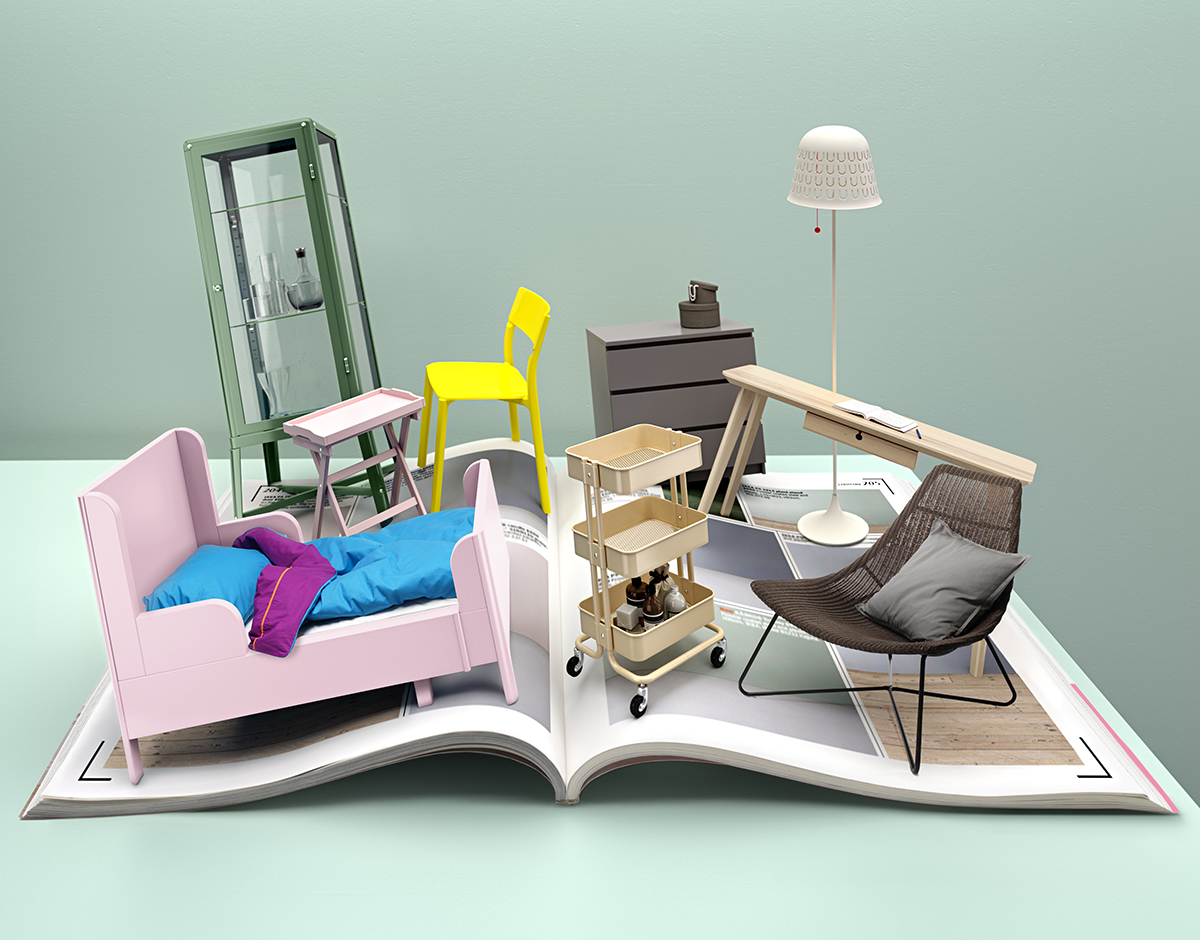
06.13.16
Q+A
IKEA’s Head of Research on the Future of Furniture
The minute any brand grows as massive as the 73-year-old Swedish furniture purveyor IKEA, which now has 385 stores in 48 countries, something very interesting happens: They gain access to insane amounts of cross-cultural data, as well as the resources necessary to mine it for fascinating insights. Most of the time that data stays hidden from the outside world, though — or in the case of a company like Facebook, sold to the highest bidder — which is why we were excited when we were given the chance to sit down with Mikael Ydholm, the head of IKEA’s research team, who offered to share some of the company’s findings with us. What happens when you seal a family into an IKEA prototype house for 14 days? How do people really use a sofa when they forget they’re being watched? And how do you design for a generation that eats in the bathroom? Read on to find out.
What was the status of the IKEA research program before you took over? Can you explain a little bit about how it worked?
First of all, I think we need to divide ‘research’ into two parts: One is about consumer intelligence, customer intelligence, user intelligence, and so on. That’s also about people’s perception of IKEA — about what we offer and about the brand. The second part is research that investigates for the future. Five or six years ago, we had a classical setup that focused just on qualitative and, even moreso, quantitative research. As an example, every year we looked into our retail markets and asked millions of people how they perceive the brand. It’s really useful, and we need it, but the difference is from one year to another is quite small. So I looked into changing that — maybe it’s enough to do it only every third year.
Instead, I started up a number of more qualitative ways of going deeper into people’s latent needs rather than their expressed needs. When it comes to your home and to purchasing home furnishings, you typically do it very seldomly. You buy a car more often than you buy a new sofa or a new kitchen. It’s hard to relate to it, compared to clothing or whatever you buy at the supermarket. Also, in our homes, we are often unaware of how we actually behave. And many people play a specific role out in the world, then you come home, maybe you undress yourself, and you feel like my god, now I can be myself. In our research we want to come closer to people’s everyday lives, people’s reality.
So, how they actually behave. Not how they say they behave.
Exactly, because when we interview people, they often don’t really know what we’re asking. A simple thing like, ‘How do you use your sofa?’ Maybe you haven’t even reflected on that. Maybe you answer in a way that you think you’re supposed to answer: ‘I sit like this on the sofa, and then when I socialize with friends, we drink some coffee or wine, and we look at the TV.’ But what people actually do is they lay on the sofa most of the time. Or in Asia, for example, they sit on the floor using the bottom of the sofa as a backrest. And in India, people live in multigenerational homes; it’s often the father who makes all the major decisions in the home. If we come to someone’s house and ask the wife certain things, and her father-in-law is around, she answers in the way she thinks the father-in-law wants her to answer. Therefore, we’ve developed a number of methods to go deeper to get a better understanding about how people actually behave, and what they actually want and need and dream about.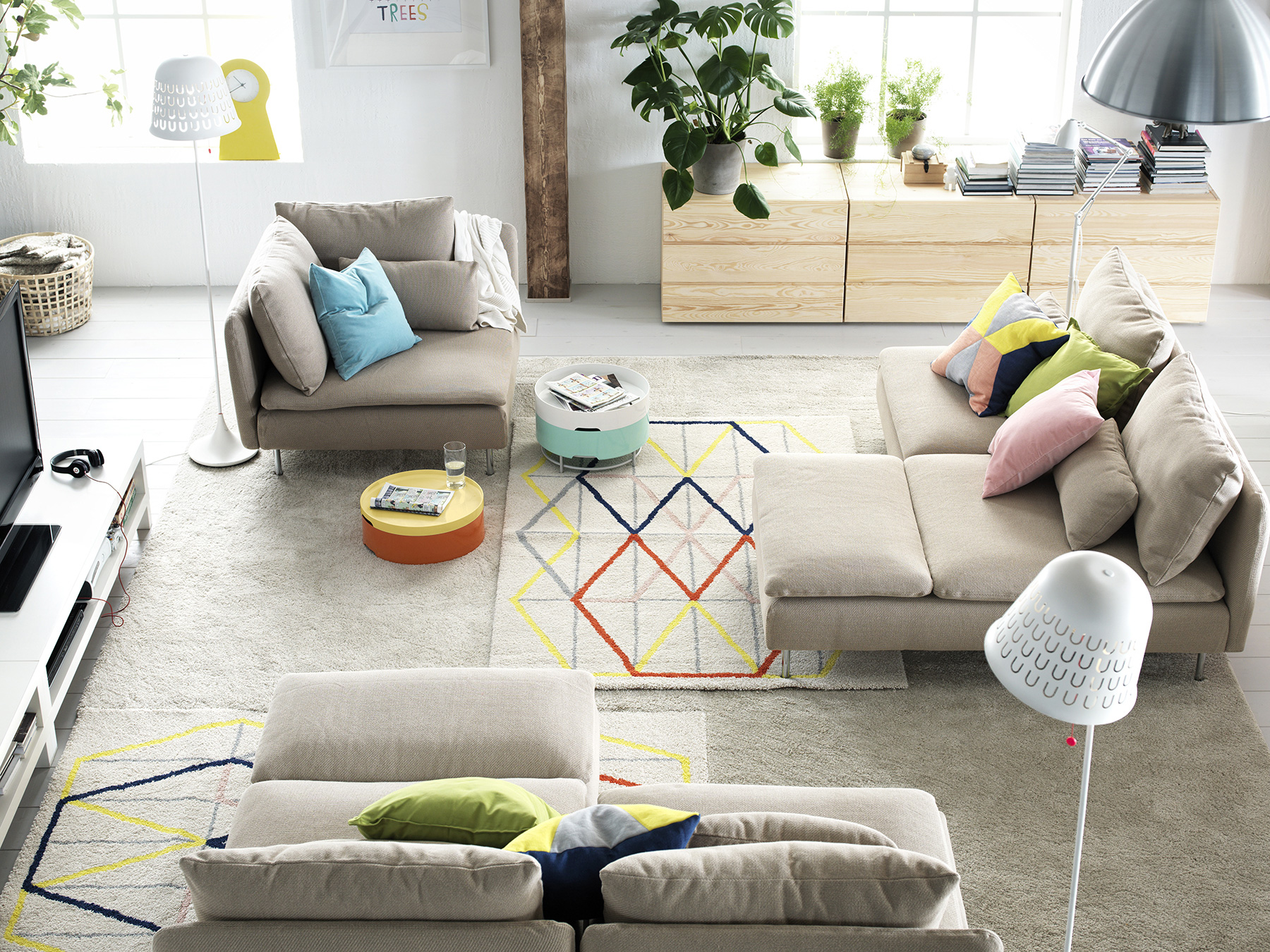
When you send someone to their home, aren’t they going to sit up straight on the sofa? How do you catch them acting natural?
We can have video cameras constantly filming them for a number of days. With their permission, of course. We watch the footage and do analysis around it. Then, we sit together with the subjects while they watch the footage themselves. I can tell you they’re quite often surprised, because sometimes we’re not actually aware about how we behave. Me personally, just yesterday I was videotaped by a camera on an iPhone, practicing a speech we’re giving next week. When I looked at it afterwards, I was like, ‘My god, I really move my body like that?”
We also use a method developed by the Delft University in the Netherlands, called an emotional evaluation study. We don’t talk to people about what they think about this and that. Not at all. We let them be their own researcher. We have an app that lets subjects test out different things, while living in an environment we’ve put prototypes into, and use the app to note down what feelings they get. According to this Delft University research, humans have nine different basic feelings — frustrated, happy, proud, etc. And then you refine from there. So someone could say yeah, I felt frustrated, and then we could ask to what level, from one to ten? Then we ask them to explain why. What was the trigger for this frustration? ‘Because I felt that when I tried to move this, it was really hard, and I felt a bit stupid, because I didn’t know how to do it.’ Something like that. When people have feelings, it means something for them. We’re interested in what triggered that feeling, so we go backwards in a way, rather than asking them just to tell us what they think about a product. That’s how we get closer. Then we analyze the material, and we get stats on those feelings.
How many people at any given time are giving you feedback?
We have different setups. In one of the research projects we did, we had 8 different families living in a home environment we had created, for 14 days each. We also do participatory research, when you as a researcher actually participate in people’s activities with them. You do the washing. You do the cleaning. You follow people in their way of living, and then later you include them in coming up with ideas for improvements, to make it easier to do that activity in a better way.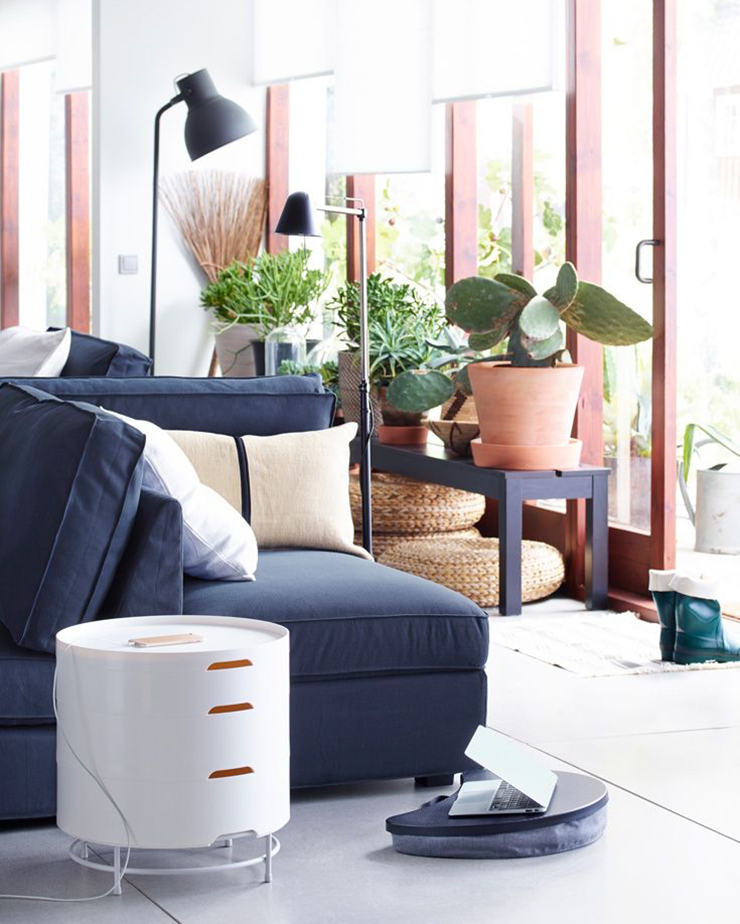
Are most of your findings about specific improvements you could make to a design, like we need to fix this table leg? Or are you learning broader lessons about how people live?
I think it’s both — larger concepts and specific designs. But most of the time we’re looking for bigger patterns. Each environment-specific study is valuable and targeted, but over time, or when you have a number of samples, then you can do cross-analysis and get ideas about how we, on a larger level, can move on and build things better.
What have your findings been about Americans and how Americans live? Is there anything specific to America versus, say, Sweden?
It’s hard to talk about America, because even within America things differ quite a lot. But I can say, for example, that the number of households that are single is growing. That pattern we can see all over the world, in bigger cities especially. Then if you look at the number of square feet people live in, it’s one of the biggest in the world in America. Compared to Russia or Hungary, for example, it’s a big difference. On the one hand, many Americans have started to become very conscious about ecology and sustainability, but on the other hand, if you look at how much resources Americans are using, it’s not going in a good way, even compared to Europe and Sweden.
What are some ways that your research been implemented in Ikea’s design process or strategy during your tenure? Have you changed anything?
Yes, although a lot of our work is behind the scenes, so it’s not something we really talk about to customers. But to give you one example, when we take a horizontal look across all of our research, we found something interesting: Today, in most homes you have a bedroom, a kitchen, a bathroom, possibly a dining room. Over the years, we’ve developed products and solutions according to what people use those rooms for. But for the past five or six years we’ve seen people starting to use their homes differently. The activities you only did in the kitchen before, now you do that all over the place. You eat on the sofa. You eat in the bedroom. You eat in the bathroom. Seriously, that’s what people do. Or all of the sudden, people start to put children’s toys in their dresser, not clothes, but they’re so heavy the dresser doesn’t last. So we’ve started to focus on designing furnishings — in broad platforms, like storage — that can work across the whole home. They can be much more multifunctional. And that’s all based on the research we’ve done.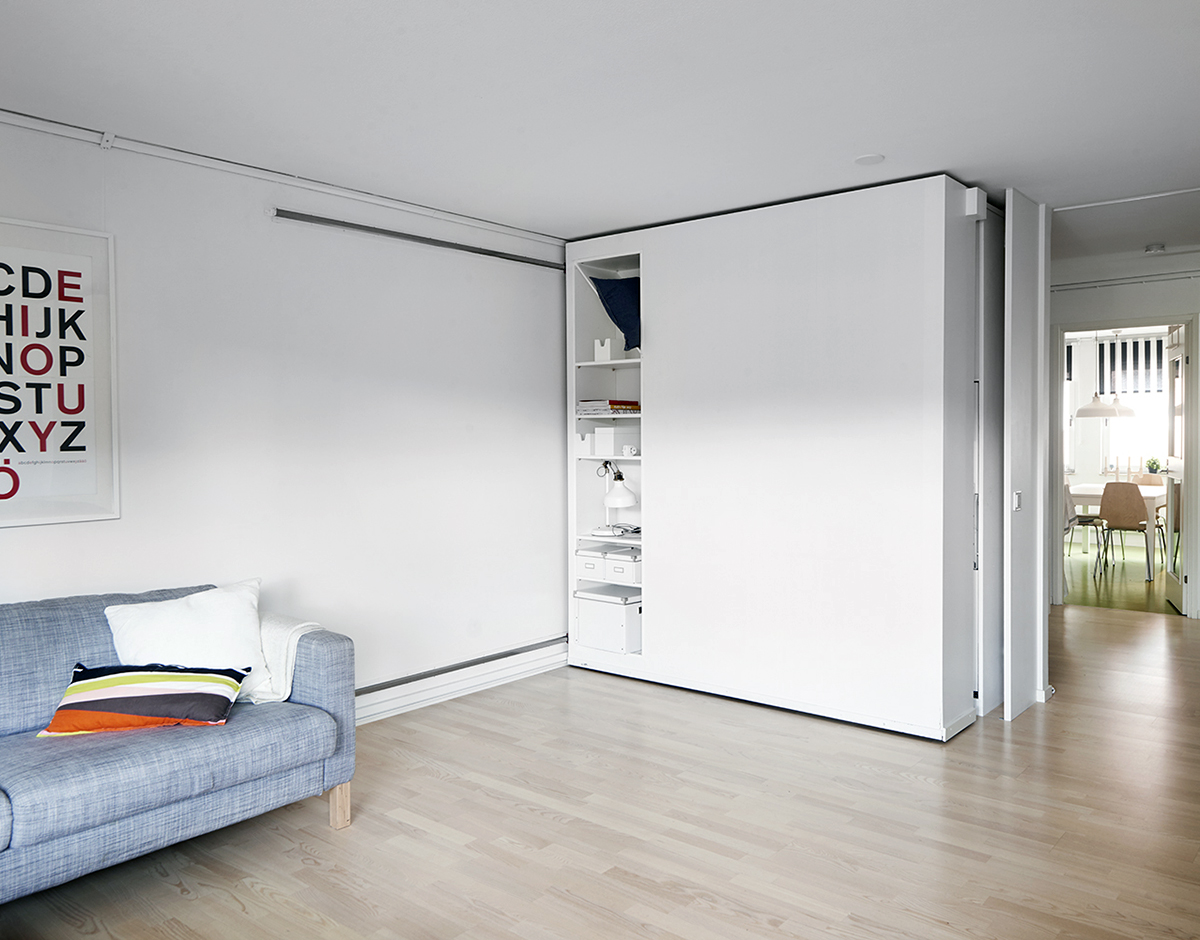
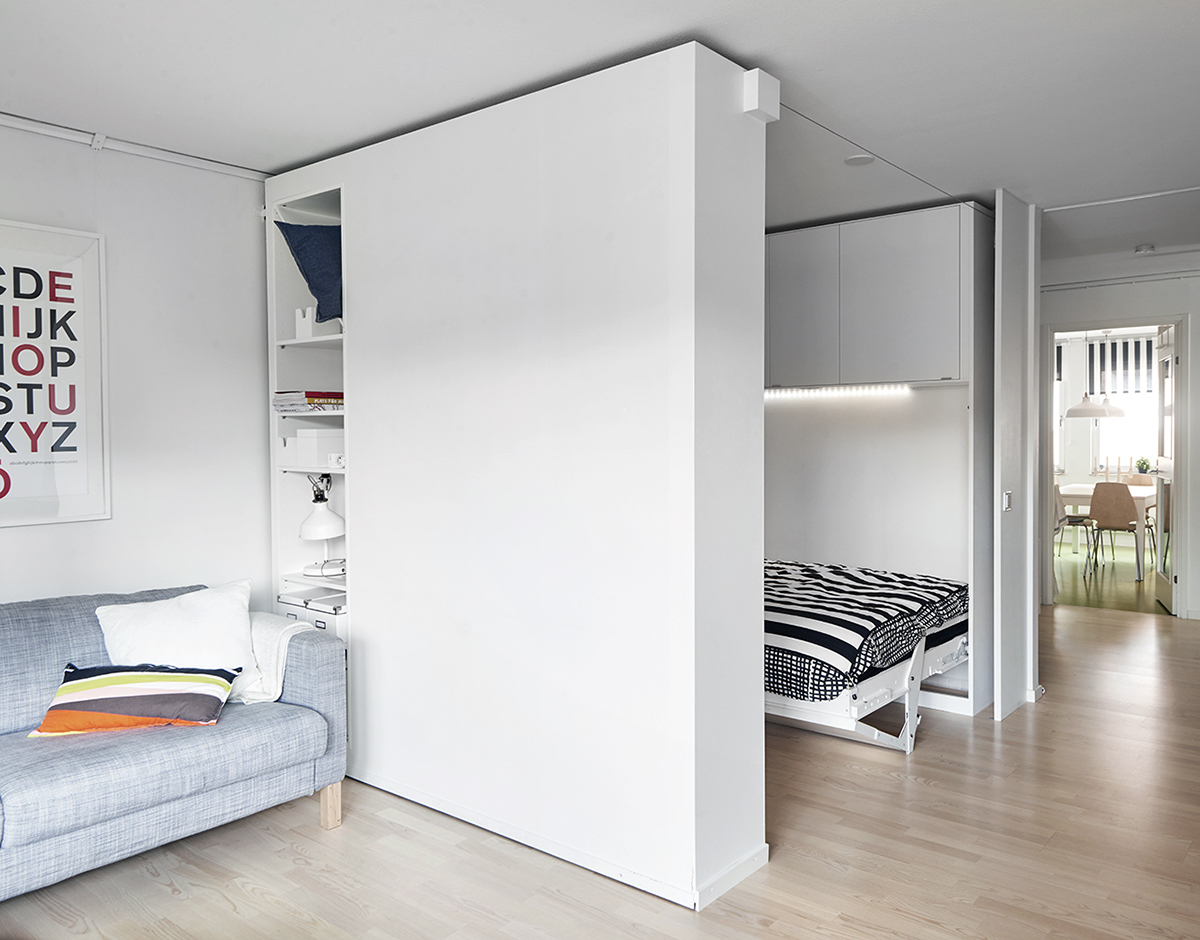
Many of the designers who read Sight Unseen or exhibit at OFFSITE run studios and are independently producing furniture themselves. Do you have any knowledge to impart to them about how they should think about how we live now?
Going back to sustainability, I think it’s important to look at, how can each product possibly be used in other ways than it’s supposed to be? How can it be multifunctional? How can we, after its lifetime, reuse it in another way? I saw lamps at OFFSITE by Shelter Bay that were a great example of how you could actually make many variations with fewer items. We need to question whether we can afford on this earth to make unique objects that can only do one thing. Then there’s the idea of flexibility in the home. Together with architects and real estate developers, we’ve been looking at the totality of the home — not furniture, architecture, and landscaping as separate parts, but actually seeing it as a whole. And thinking about how, by working together, we can build in multifunctionality and flexibility from the beginning. So, for example, we’ve developed a prototype for a moveable wall (pictured above) where, instead of us having the furniture and the architect building the houses, we’re looking at the ceiling, the floor, and the walls. How can we build in solutions for a flexible home. That’s even more important when you live on a smaller footprint. For hundreds of years, our lives have followed the same path: You go to school, you move away from home, you get married. But today, we change family situations ten times over a lifetime, at least. You divorce. You have biweekly childcare. All of the sudden, your mother-in-law moves in.
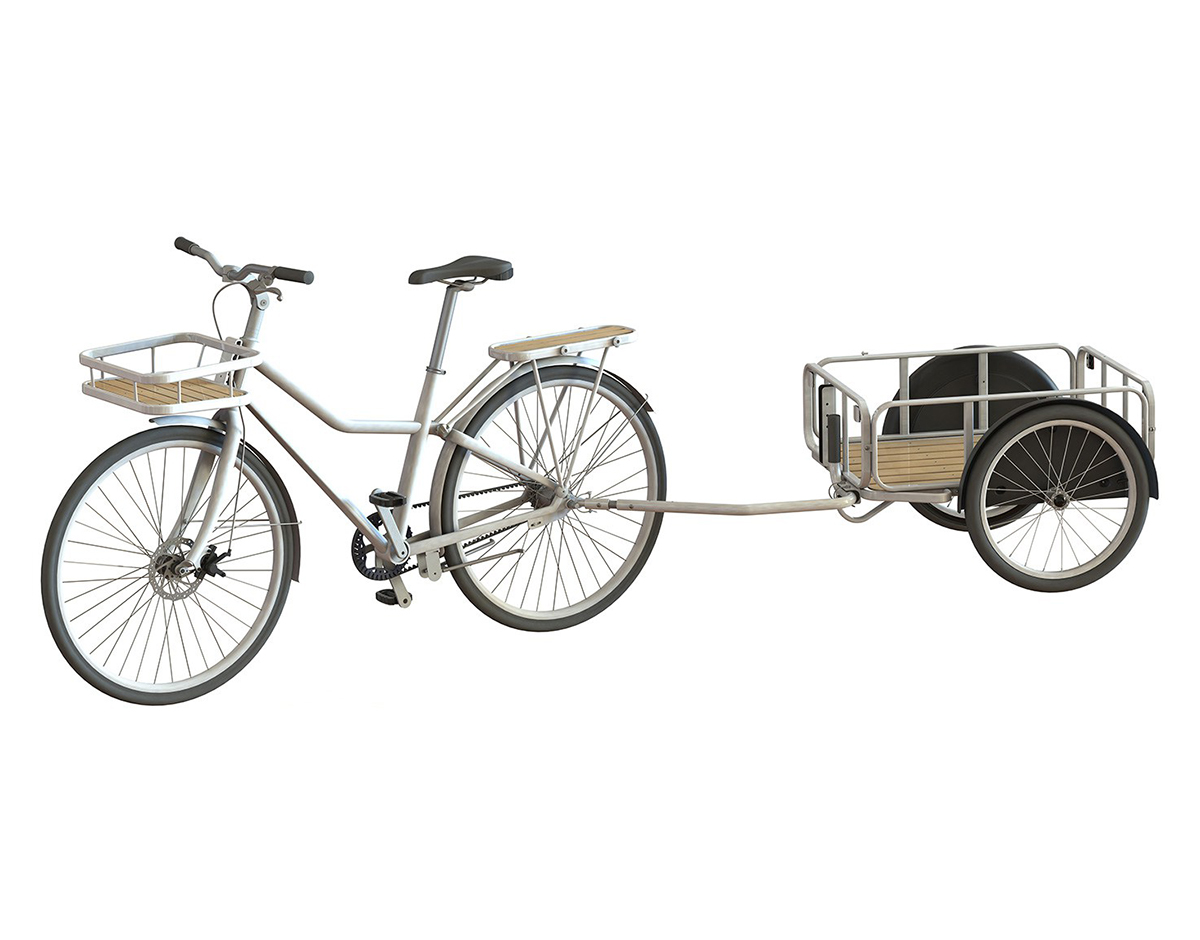 What can you say about your findings now that will apply 10 years from now?
What can you say about your findings now that will apply 10 years from now?
I can’t say much, but one thing I can say is: smart technology. To really make products and solutions smarter, in a way that’s based on serving people, so they feel less stressed and less frustrated — so that everyday life becomes a little bit better. We’ve already launched some products in that area, as a result of research we began five years ago. We’re going to start to sell a bicycle soon, which is hard to believe at IKEA. That story started three years ago when we were looking at macro trends in society, one being that people want to live a healthier lifestyle, and another being that a lot of young people can’t afford to and don’t see any reason to buy a car. We realized that we could make not only a bike, but an urban biking system.
At IKEA we’ve always been very good at storage solutions, so we were like, why don’t we come up with a storage solution in a bike? In Scandinavia it’s been very popular for the past five to ten years to have these bikes with a trailer attached that you can put your kids in. They’re so popular in Copenhagen and in many of the Scandinavian cities that the municipalities have had to change the whole concept of roads to fit them, to make bike lanes broader. We were looking into it, and one of our researchers said, we need to do this the smart way, because we know nothing about bikes at IKEA. We know about storage, not bikes. So we went to Copenhagen and hunted for lead users, which are people who have a passion and a competence in a certain product category. You can also call them nerds. If you’re a nerd, and you really like bikes, then you probably have ideas about the perfect bike. When you look at the market, you probably can’t find it, so you buy the closest bike and then you start to make changes to it. We wanted to find those lead users and bring them into the innovation process. We were biking together with them and spent three days with them, and they co-created those bikes with us, our design agency, and our product development teams. The result is the Sladda, which means ‘slip and slide’ (pictured above).
That sounds dangerous.
But it’s a very, very good bike with special qualities.
Are you also constantly trying to, for example, innovate a sofa?
Yes, sure. We’re working on all product categories. The sofa has been a particular challenge over the years. How do you put a sofa in a flat package and assemble it? We don’t really have the benefits of the IKEA concept when it comes to sofas.
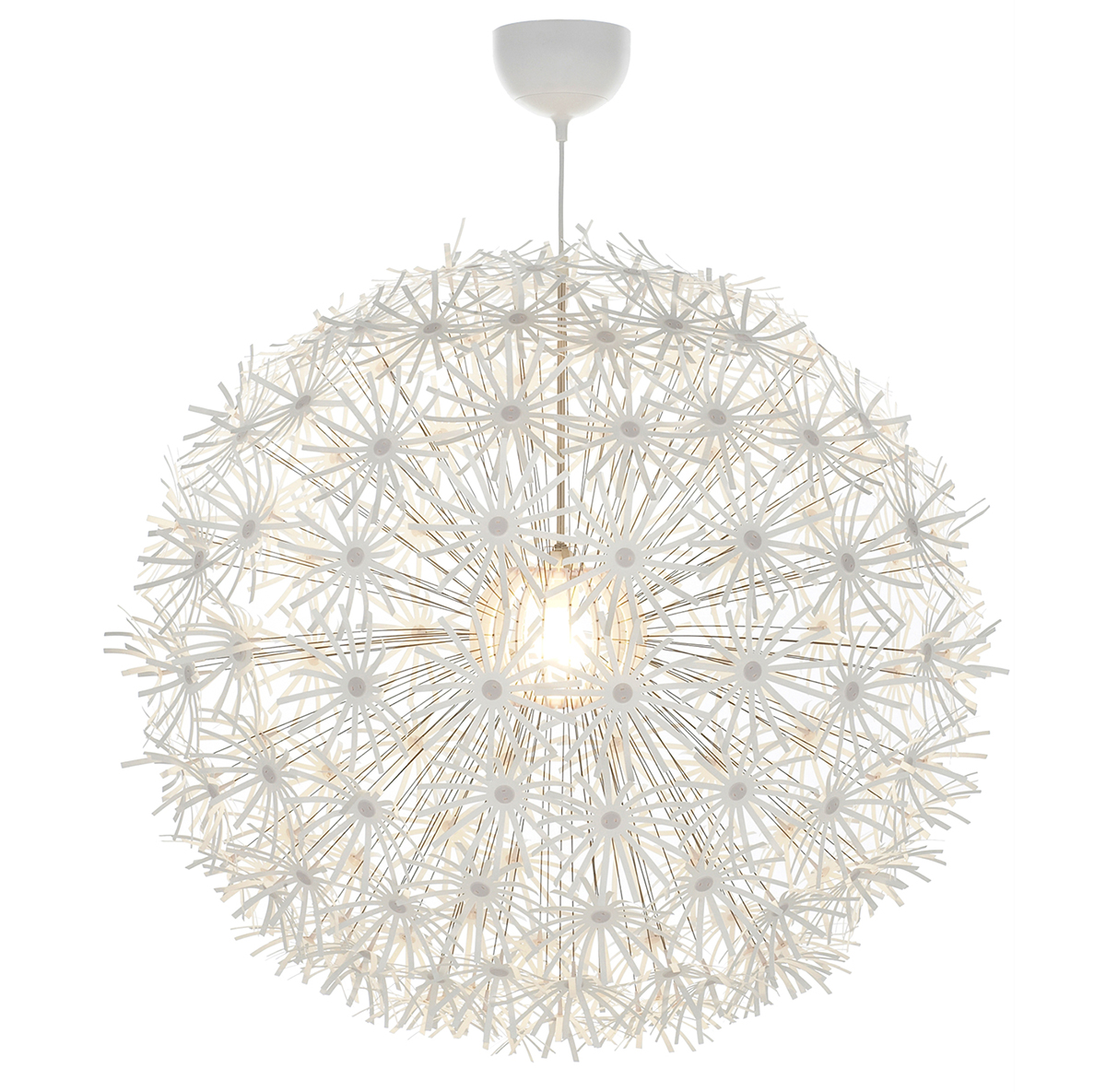 Because IKEA’s known for its low prices, does some of your research have to do with what people are willing to pay for certain items?
Because IKEA’s known for its low prices, does some of your research have to do with what people are willing to pay for certain items?
Of course. I mean that is also one of the challenges with being a global company — in Sweden, for example, the middle and upper middle class sometimes react that we have too low of prices. But at the same time, even in Sweden, there are those who can’t even afford IKEA, so one must keep that in mind and continue to lower the prices. Anyway, to answer your question, it differs a bit from product category to product category. For example, a sofa used to be the crown jewel in the home. Now a lamp in the living room is quite often something that people would spend energy, time, emotion, and money on. When you invite people to your home, it’s one of the things that people really recognize. I think that’s why Maskros, which looks like a giant dandelion puff (above), people are prepared to invest more money in it. But you know, at IKEA we want ordinary people to be able to afford beautiful design.
I feel like with IKEA moreso than other companies, the price tag reflects the quality of the materials and construction. It’s a very one-to-one relationship. In fashion you never know if you’re paying more because something’s nicer or because of the designer name.
Yes, we try to be honest about that instead of doing the psychological prices a lot of others are doing. About 15 years ago, I had another job at IKEA, and I was working on developing a new packaging line. We did a focus group where our subjects looked at packages from a lot of other companies and didn’t know that IKEA was part of it. At that time, we had only the brown boxes, but we were looking into doing something more advanced. But the answer that we got from people was exactly what you’re saying: Without knowing that it was IKEA that was behind the investigation, they said, ‘It’s so good with IKEA, because those packages are so honest. They don’t seem to want to fool us.’ I felt a bit proud when I heard that. And surprised, because I thought they would say the packages looked like shit and were boring.
Anything else you’d like to share?
You asked about the future, and I think for us, it’s to even more put the user in the center. Human beings change all the time. The world is changing, so we need to constantly understand new behaviors and new generations coming up. That’s really at the heart of what we do.
This post is sponsored by IKEA. Like everything at Sight Unseen, our partner content is carefully curated to make sure it’s of the utmost relevance to our readers.
